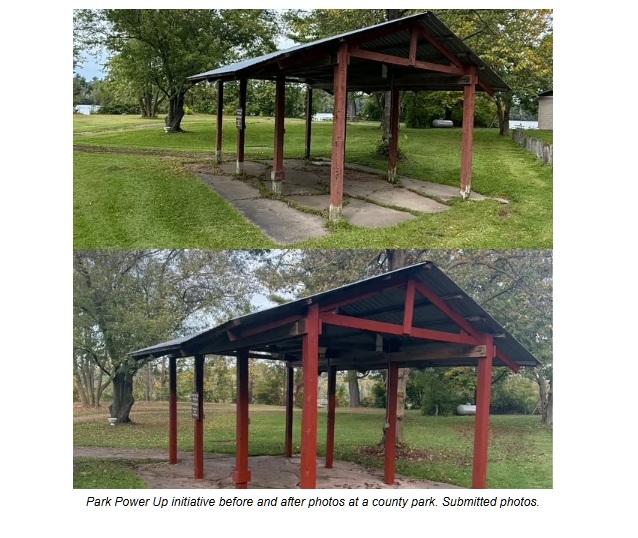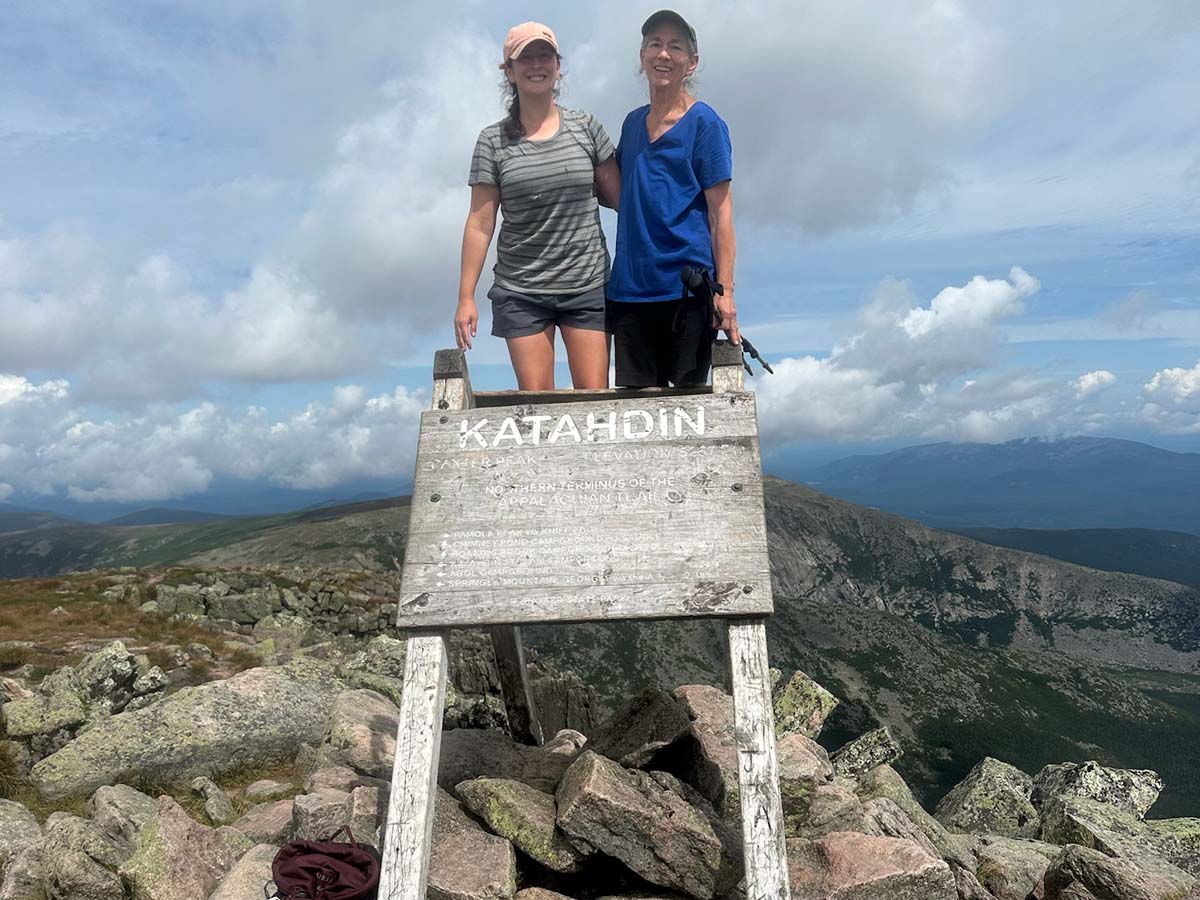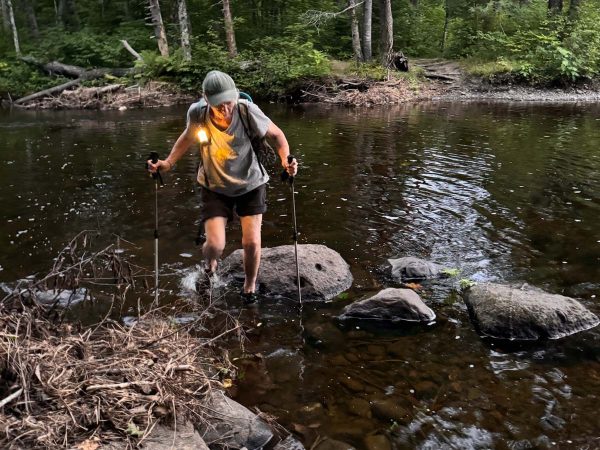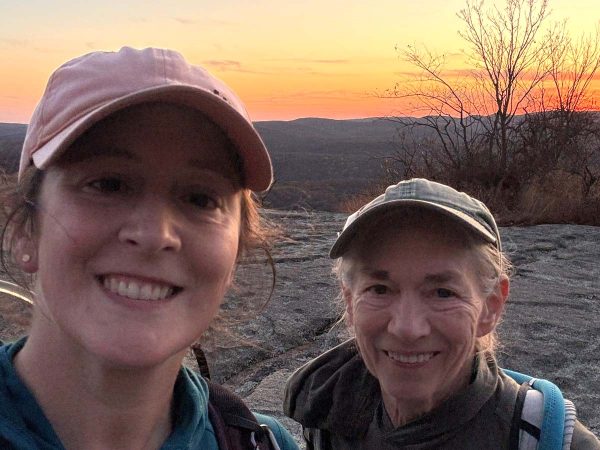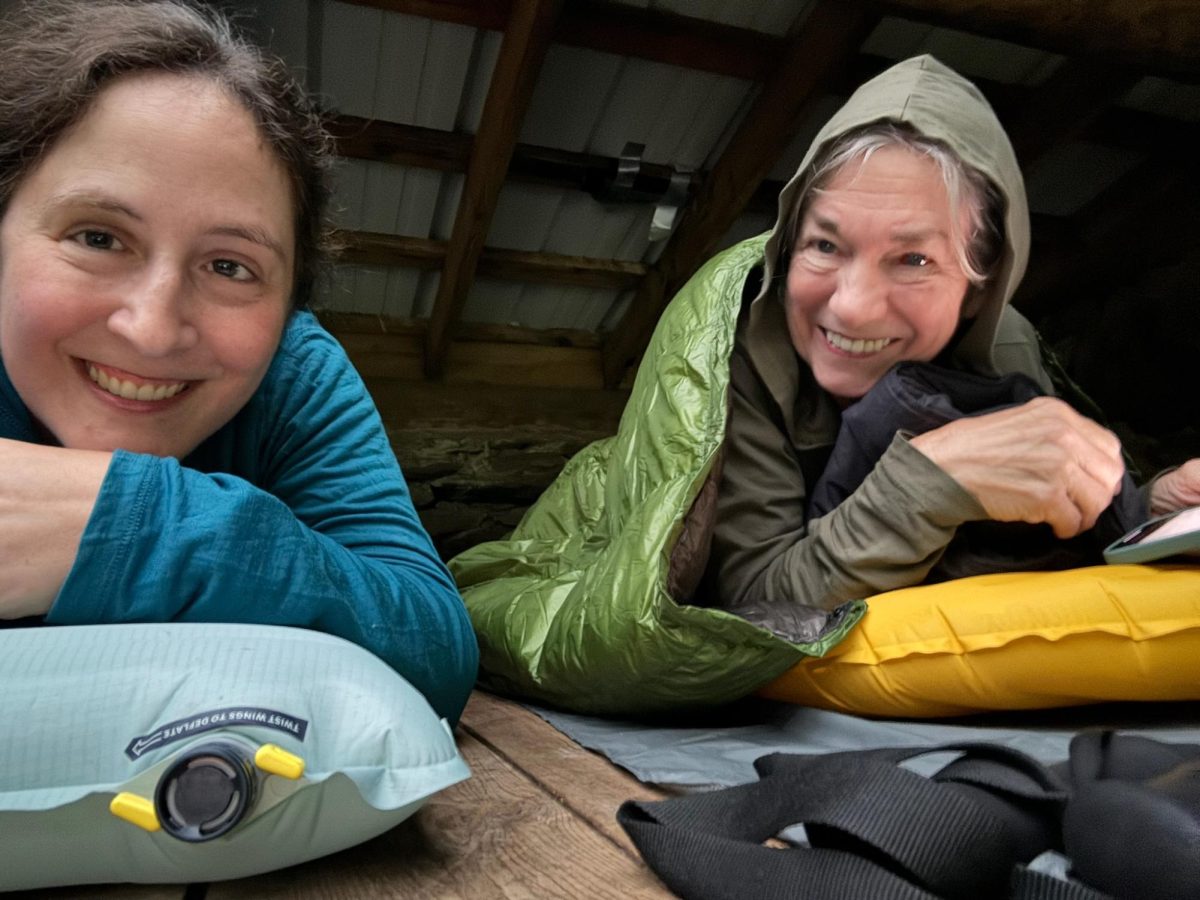Menomonie – No matter where we live, there are often people among us who have accomplished incredible things.
Linda Vanderloop of Menomonie is among those. At the age of 74, she has set the record as the oldest woman to hike the entire Appalachian Trail in 365 days.
Known as a “thru-hike,” most who attempt the feat are in their 20s, with those in their 50s being the next largest group. According to the Appalachian Trail Conservancy, the average age is 36. Linda was among the roughly 25 percent of those who attempt the feat who actually succeed.
Among serious hikers, the Appalachian Trail is considered the most challenging in the United States. Stretching from Springer Mountain in Georgia through 14 states to Mount Katahdin in Maine, the trail runs a daunting 2,197.4 miles. Hikers climb a total of 900,000 feet over the course of the 2,000 mile thru-hike, and have to descend the same distance, which hikers will tell you is often more difficult.
Linda initially caught the hiking bug during 2020-21 which she spent traversing – segment by segment – Wisconsin’s 1,200-mile Ice Age Trail. Vanderloop’s daughter Hanna Vanderloop lives in Connecticut and said the obvious pleasure her mother was experiencing inspired her to tackle nearby hiking trails, some of which happened to include part of the Appalachian Trail.
Looking for a “dramatic change in her career and her life,” Hanna decided to quit her job and hike the entire trail. When Linda heard of her daughter’s plans, she decided to join the challenge.
Alternate approach
Most thru-hikers begin in Georgia in March or April, then follow spring northward while attempting to reach Mount Katahdin before October when winter-like weather can make the trail’s higher elevations too dangerous. Accompanied by Hanna’s dog Matcha, the mother-daughter pair chose an alternate approach. Starting closer to the middle of the trail during Thanksgiving week 2023, they covered some additional stretches over the Christmas holiday and then began hiking full-time in the spring of 2024.
There were several advantages to their plan. By hiking the cooler, more northerly sections during the height of summer, they not only avoided crowds of fellow hikers all trying to start from the same place at the same time, but most of the bugs as well.
The Appalachian Trail Conservancy oversees 260 shelters spaced about a day’s hike apart along the trail that can fill quickly during the height of the season. Being well ahead of the swarm of hikers proved to be another advantage for the duo.
Most nights, however, they didn’t need a trail shelter. As their “trail angel”, Linda’s husband, Tom, provided support throughout the hike with their Dodge camper van. Tom would meet Linda and Hanna at the end of most day’s hikes. They would spend the night in the van or off trail elsewhere and take their meals there.
The next morning, Tom would drop them where they had finished the night before to resume their next segment, occasionally meeting Linda and Hanna around midday if a road crossed the trail to resupply them with water or other needs and often also helped other hikers with water.
Carrying only a single day’s needs, the type of hiking Linda and Hanna were doing most of the time is called slack-packing. Most days, they didn’t need to carry 35-lb. backpacks containing several days’ worth of food, tent, sleeping bags and other gear. Stretches requiring full packs included a 72-mile segment in the Great Smokies Mountains, and another longer stretch in the White Mountains of New Hampshire.
Challenges, achievements
Weather was often a factor. Linda said it rained one out of three days. Lightning storms in higher elevations were an occasional and potentially deadly threat. They also saw bears, especially in Virginia, but were never threatened by them.
Hiking the Appalachian Trail can be hard on equipment. Hanna, who wore trail shoes for the hike, went through five pairs, while Linda wore out two pairs of hiking boots.
Linda described the almost routine life of a hiker on the trail when they would get up and start putting one foot in front of the other, day after day. But the routine of it all, both said, was overshadowed by the incredible beauty and solitude they experienced.
“We were seeing places day after day that you can only get to on foot,” Hanna noted.
“I really valued the solitude and the time in nature,” Linda added.
As they neared the end of their hike, Hanna learned of the record held for almost 10 years by another woman hiker. When they learned that Linda was six weeks older than the record holder, it inspired them to complete their hike and claim the record for Linda.
“I never set out to make a record,” Linda said. “That was not my goal.” But set it she did, overcoming the incredible odds that often drive most other hikers to drop out.
Linda acknowledges that she couldn’t have done the trail without help. “I would like to add a heartfelt thanks to all those that helped to make my Appalachian Trail adventure possible. Without the support of friends, family and neighbors, the miles might have felt a great deal longer!”
What’s next for these intrepid hikers? “To be determined,” Linda said, while Hanna is considering the New Hampshire 4,000 footers – 40 mountain peaks over 4,000 feet. And neither has ruled out hiking other long trails such as the Pacific Crest Trail, which runs 2,653 miles from Canada to Mexico.
“Once the feet start walking, it’s hard to slow them down,” Linda admitted.
Shelter in Great Smoky MtnDavid Williams is a Menomonie resident and a retired UW-Stout administrator.
This article is licensed under a Creative Commons Attribution 4.0 International License CC BY-NC-ND. (This license enables reusers to copy and distribute the material in any medium or format in unadapted form only, for noncommercial purposes only, and only so long as attribution is given to the creator). Learn more about the license here.













